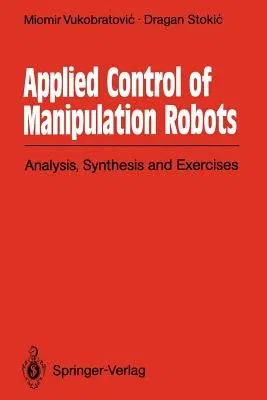Miomir Vukobratovic
(Author)Applied Control of Manipulation Robots: Analysis, Synthesis and Exercises (Softcover Reprint of the Original 1st 1989)Paperback - Softcover Reprint of the Original 1st 1989, 9 January 2012

Qty
1
Turbo
Ships in 2 - 3 days
In Stock
Free Delivery
Cash on Delivery
15 Days
Free Returns
Secure Checkout
Print Length
470 pages
Language
English
Publisher
Springer
Date Published
9 Jan 2012
ISBN-10
3642838715
ISBN-13
9783642838712
Description
Product Details
Authors:
Book Edition:
Softcover Reprint of the Original 1st 1989
Book Format:
Paperback
Country of Origin:
NL
Date Published:
9 January 2012
Dimensions:
23.39 x
15.6 x
2.51 cm
ISBN-10:
3642838715
ISBN-13:
9783642838712
Language:
English
Location:
Berlin, Heidelberg
Pages:
470
Publisher:
Weight:
680.39 gm

